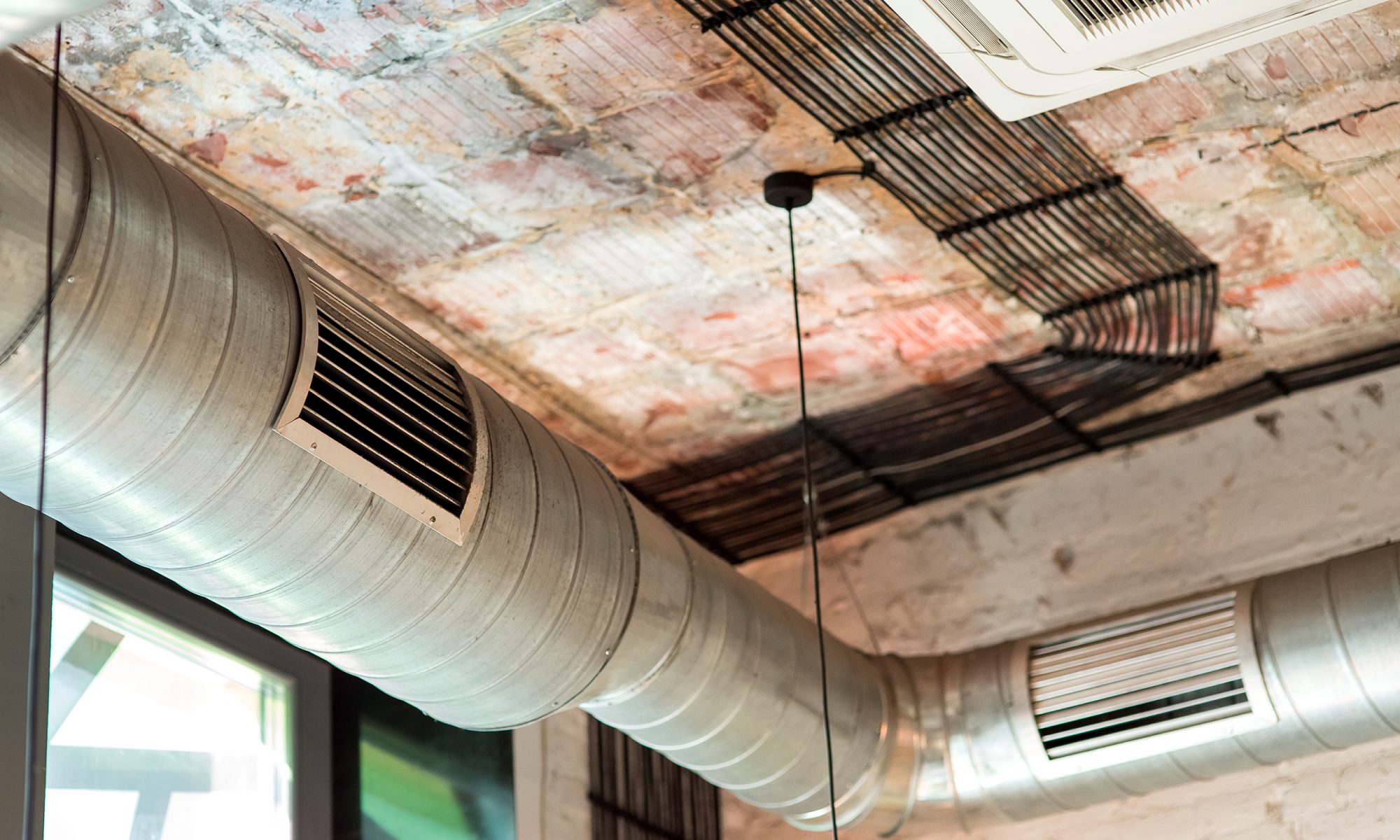CO2 Monitoring: The Corner Stone of Indoor Air Quality
There are numerous factors that contribute to a healthy and comfortable indoor environment; lighting, sound, humidity, cleanliness and temperature, but since the pandemic, air quality as taken a priority position. On average, people spend approximately 90 percent of their time indoors, where the concentrations of some pollutants are often 2 to 5 times higher than typical outdoor concentrations. Carbon dioxide is one of the greatest contributors to poor air quality. As the number, size and activity levels of the people present in a building increase, so do CO₂ levels, opening the door for widespread airborne contaminants.
The Impact of CO₂ on Health
In poorly ventilated rooms, CO₂ concentration increases rapidly, which crowds out oxygen. Carbon dioxide is considered a simple asphyxiant because it reduces the amount of oxygen available for each breath. For example, a 4 m2 space occupied by only one person, increases CO₂ levels from 500 ppm to more than 1,000 ppm, in just 45 minutes. Now consider the impact a crowded office, classroom or conference centre has on indoor air quality. Excess carbon dioxide concentrations of 1000 ppm-2500 ppm can lead to fatigue, lack of concentration and can contribute to the symptoms of Sick Building Syndrome such as headaches, eye, nose and throat irritation, itchy skin and nausea.
Indoor carbon dioxide can also impact our decision-making and problem-solving skills. A Harvard led study shows cognitive function scores of office workers were 50% lower when CO₂ concentrations reached 1400 ppm. The connection between indoor CO₂ and cognitive functioning is also important for parents. A study done in Texas revealed that most schools had carbon dioxide levels above 1000 ppm, and one in five had levels exceeding 3000 ppm. This level of CO₂ can inhibit a child’s school performance and overall health and wellness.
Amidst the pandemic, CO₂ levels are under much further scrutiny with mounting attention on its impact for transmitting respiratory infectious diseases. If there is a high amount of exhaled CO₂ in the air, there is also a high number of aerosols. If pathogen-containing aerosols and CO₂ are co-exhaled by those infected with COVID, this can significantly increase the risk of infection for everyone else in the room.
Enter Wireless CO₂ Monitoring
The combination IoT sensor technologies and wireless connectivity have become an intrinsic part of indoor environmental quality strategies. Wireless air quality monitoring sensors provide granular real-time insight into not just CO₂ levels, but also other harmful contaminants like particulates, pollutants and noxious gases that can drastically impact the health and safety of occupants. When CO₂ levels reach unsafe thresholds, triggers can be sent to building automation systems to activate ventilation and HVAC filtration. Likewise, when low or no CO₂ levels are detected in specific rooms or spaces, these systems can be turned off to ensure optimal energy efficiency. With real-time notifications, wireless CO₂ monitoring can also prompt manual efforts to improve airflow such as opening windows and doors.
Paired with innovative IoT connectivity like Low Power Wide Area Networks (LPWAN), CO₂ sensors can ensure reliable and scalable data transmission in indoor environments and possess a battery life that span years to minimize maintenance overhead. This is particularly important when it comes to a campus-style deployments such as an office complex or retail centre where a vast number of distributed sensors are required.
As the economy slowly reopens, offices, restaurants, schools and beyond are faced with restoring trust and confidence in the built environment for every individual person. Today, state-of-the-art air quality sensors can be instrumental in minimizing harmful indoor contaminants and facilitating faster responses to acute health risks to deliver enhanced health and wellness and peace-of-mind to all occupants.

